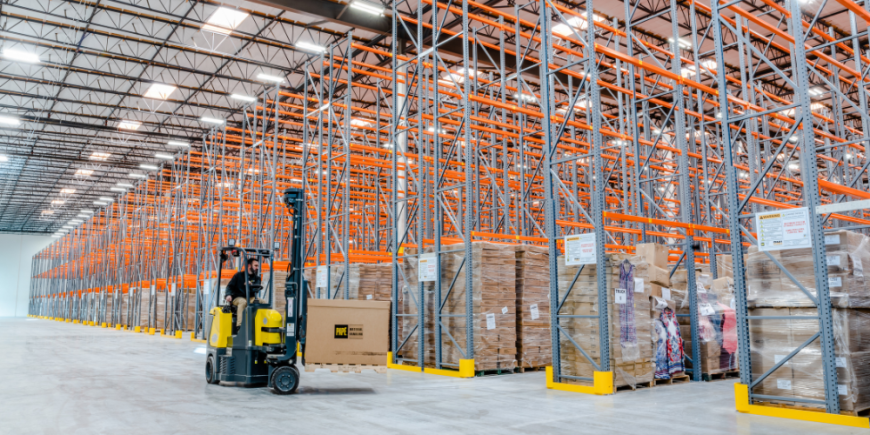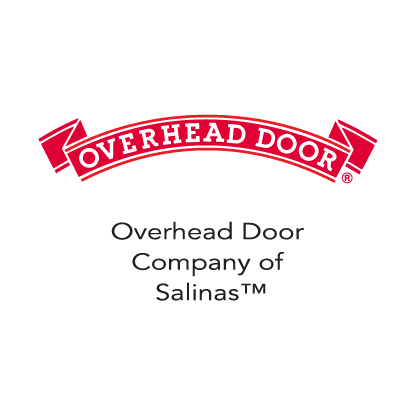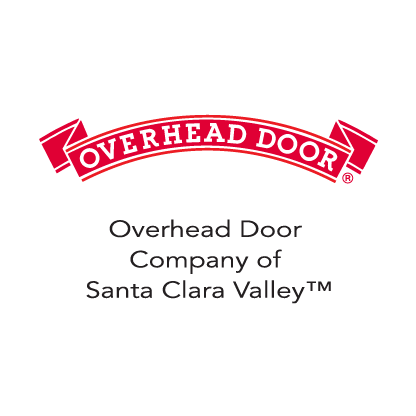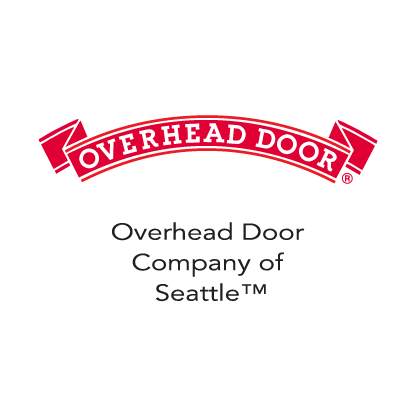Warehouse accidents happen. Whether it’s an issue of overloading, forklift impact, or loose flooring, pallet racking can get damaged. If you’re trying to determine whether your damaged warehouse storage racks can be repaired or need to be replaced, this guide will help you make an informed decision.
At Papé Engineered Products, we provide solutions based on industry best practices and RMI pallet racking safety standards to ensure your warehouse stays safe and compliant.
What Are the Most Common Types of Rack Damage?
Damaged pallet racking can lead to significant safety hazards if not addressed quickly. While some damage is obvious, other warning signs can be subtle and easy to miss. Look out for:
- Signs of Impact: Scrapes, dents, or gouges caused by forklifts or other equipment.
- Buckled Vertical Uprights: Any bends or buckling require immediate attention. Use a level to check for gaps or misalignment.
- Plumb and Level Issues: If racking looks askew or off-center, it may be compromised.
- Loose Connectors or Feet (Baseplates): These weaken overall rack stability.
- Rust or Metal Corrosion: A sign of structural weakening.
- Sagging or Bowing Beams: Often indicates overload or progressive damage.
- Twisted Diagonal Bracing: Reduces the rack’s ability to handle designed loads safely.
For reference, the RMI (Rack Manufacturers Institute) guidelines state that damaged components should be addressed immediately to remain compliant with ANSI MH16.1 safety standards.
How Can You Determine If a Rack Can Be Repaired?
While pallet racking can be repaired, this is only advisable after a thorough inspection by a qualified engineer or rack repair specialist. Factors to consider include:
- Severity of Damage: Are components bent beyond manufacturer tolerances?
- Load Capacity: Has the rack’s original rated capacity been compromised?
- Safety Compliance: Repairs must meet RMI rack repair guidelines to ensure OSHA compliance.
Always consult a supervising engineer or a trusted warehouse racking professional to determine whether repair is possible, or whether replacement is the safer and more cost-effective solution.
When Should You Replace Racking?
In some cases, repairing damaged pallet racks isn’t safe or economical. You should consider replacing racking if:
- Uprights or beams are bent beyond manufacturer limits.
- There’s significant corrosion that weakens structural integrity.
- Replacement components from the original manufacturer are unavailable.
- The damage impacts the rack’s ability to meet pallet racking safety standards.
Tip: Avoid mixing and matching replacement parts from different manufacturers. Even if components appear similar, they are designed differently, and mismatched parts can compromise safety and void warranties.
Three Ways to Repair Racking
In cases where repair is possible, there are three primary options:
- Component Replacement: Replace damaged uprights, beams, or braces with identical parts from the original manufacturer to restore integrity.
- Welding and Straightening: Some components can be welded or straightened if damage falls within allowable limits, but this must be approved by a qualified engineer.
- Pre-Engineered Rack Repair Kits: Many manufacturers now offer pre-certified kits designed to restore racks to original specifications while remaining compliant with RMI and OSHA safety standards.
How to Prevent Future Rack Damage
Prevention is always better than repair. To minimize pallet rack damage and maintain compliance:
- Train forklift operators on proper loading and clearance procedures.
- Schedule regular inspections following ANSI MH16.1 guidelines.
- Install rack protection systems like column guards or end-of-aisle barriers.
- Adhere to manufacturer load ratings to prevent overloading.
Consult with the Experts
At Papé Engineered Products, we provide innovative solutions for warehouse rack repair, pallet racking safety, and compliance. Whether you need a damage assessment, repair recommendations, or replacement options, our skilled and knowledgeable team can help you protect your people, products, and operations.
Contact us today to schedule a consultation and ensure your warehouse meets the highest safety standards.







